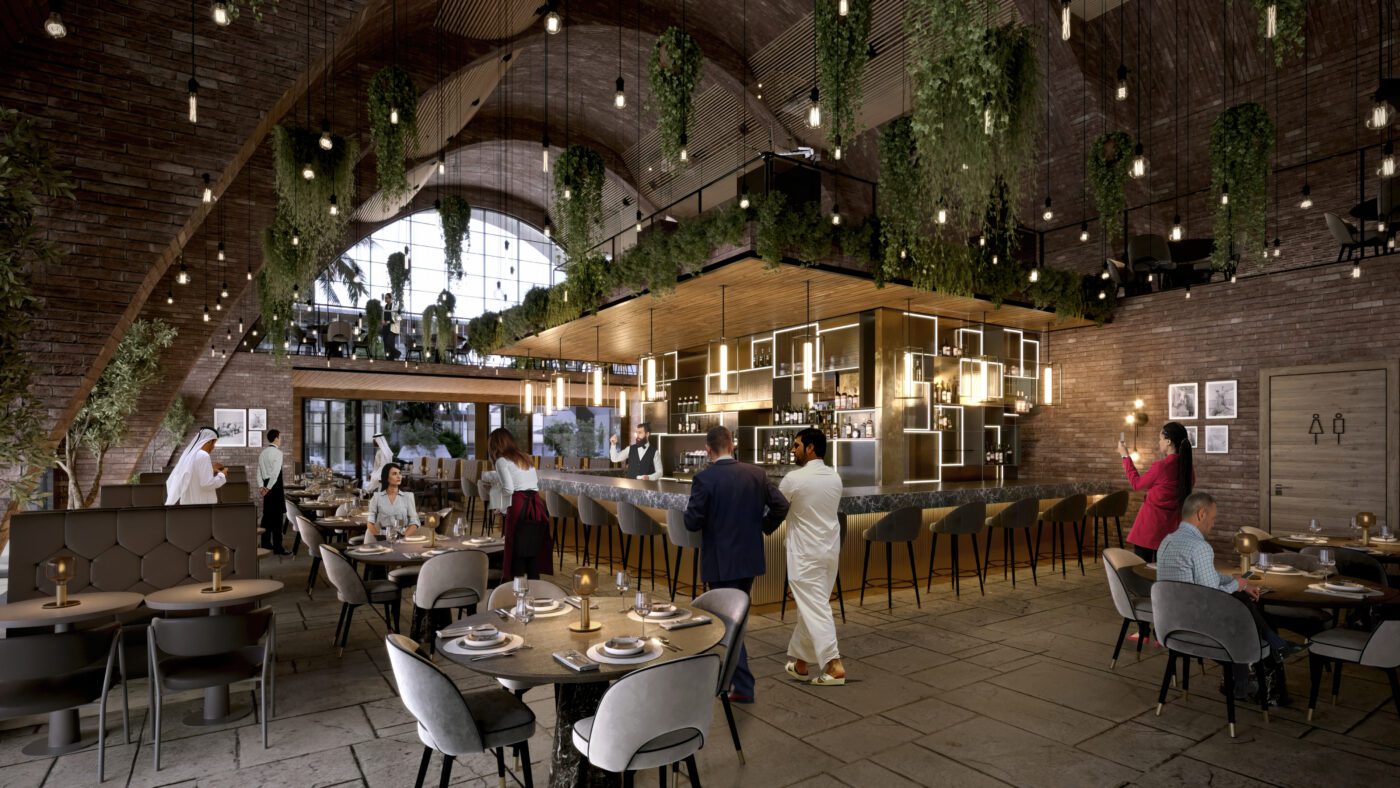Real estate rendering has become an essential tool for commercial property marketing, allowing potential buyers and investors to visualize and interact with the property before it is even built. With the increasing demand for photorealistic and visually captivating representations of commercial properties, 3D rendering, CGI rendering, and real estate visualization has become increasingly popular.
This article will discuss the benefits of realistic rendering for commercial properties, the latest rendering software and trends, and how commercial property marketing and real estate rendering go hand in hand.
Benefits of Realistic Rendering for Commercial Properties
Table of Contents
One of the primary advantages of Real Estate Rendering for Commercial Properties is accurately representing the building and surrounding area. With 3D rendering, architects and developers can create a detailed and immersive experience that allows potential buyers to understand the building’s layout, functionality, and overall design. This can help clients to visualize the property’s potential and make informed decisions before investing in the development.
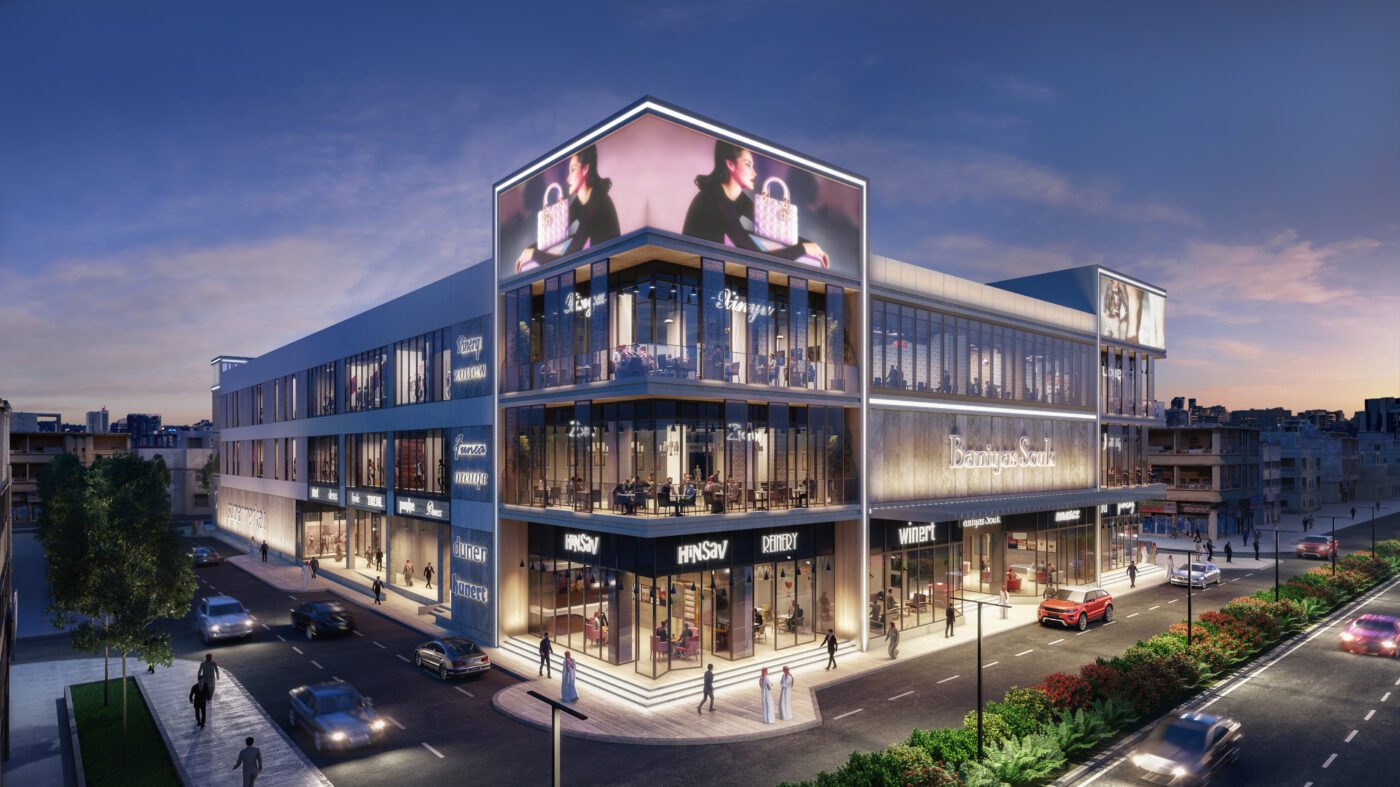
Another significant advantage of realistic rendering is the ability to showcase the property’s features and amenities in a visually captivating way. Photorealistic Rendering for Commercial Properties can highlight the property’s unique features, such as natural lighting, landscaping, and interior design. With real estate visualization, clients can virtually tour the property, allowing them to experience the building and surrounding area as if they were physically present.
Real Estate Animation for Commercial Properties is another technique that can be used to create compelling and informative videos that showcase the property’s features and functionality. Animation can showcase different areas of the property, including the lobby, common areas, and outdoor spaces. This can help potential buyers better understand the space and visualize how it would work for their specific needs.
Other benefits can be summarized as follows:
Realistic rendering has many benefits for commercial properties, including showcasing a property’s unique features and amenities, creating a visual representation of the property, and attracting potential buyers and investors. Here are more of the benefits of realistic rendering for commercial properties:
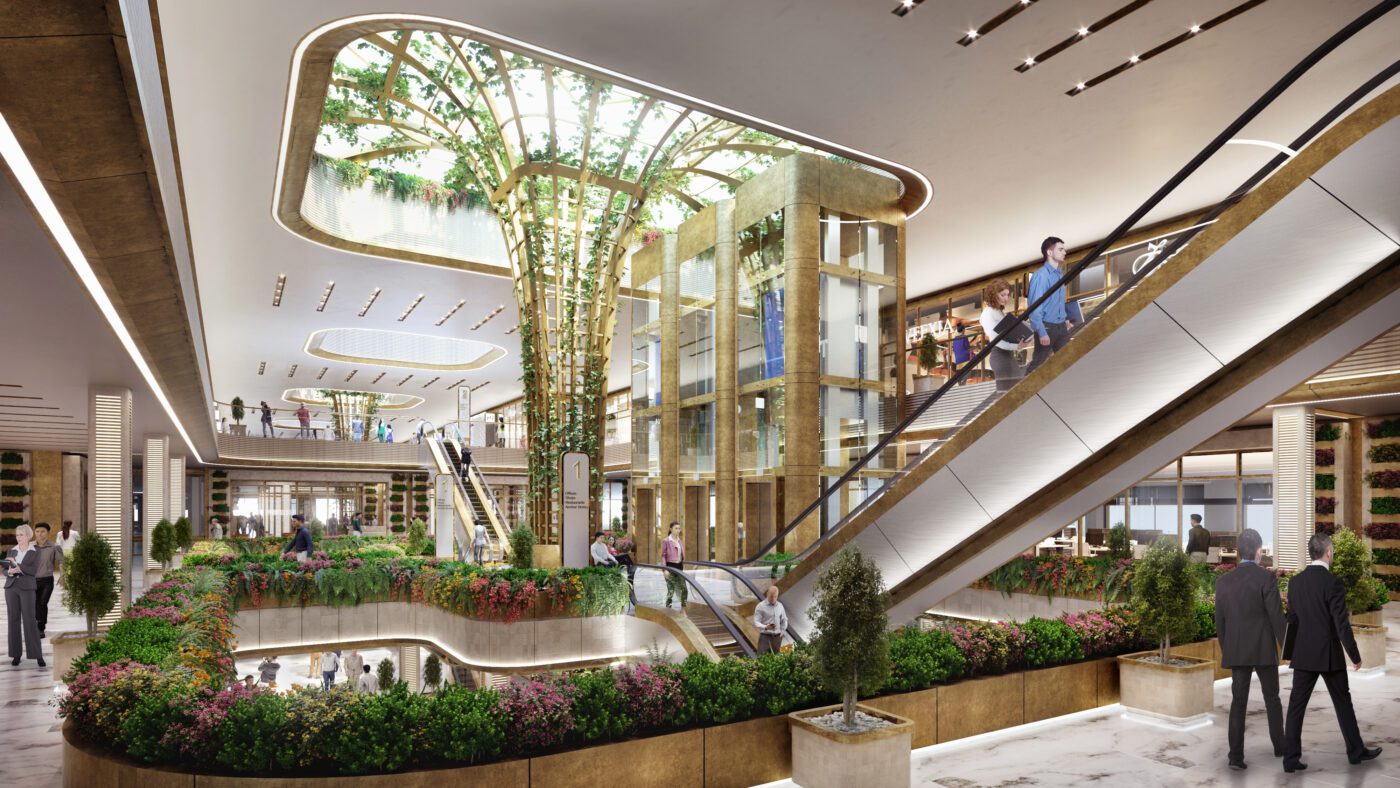
- Accurate Representation of the Property: Realistic rendering allows developers and architects to create an accurate representation of the property, including the interior and exterior of the building, landscaping, and surrounding area. This helps potential buyers and investors visualize the property before it is built or they visit in person.
- Showcasing Unique Features: Realistic rendering can highlight a property’s unique features and amenities, such as the layout of the building, the landscaping, or any special features like a rooftop garden or a pool. By showcasing these features in a visually appealing way, developers and architects can generate interest and excitement around the property.
- Cost-Effective Marketing: Realistic rendering can be a cost-effective way to market a commercial property, especially in pre-construction marketing. By using rendering instead of physical models or mockups, developers can save time and money on marketing materials while still providing an accurate representation of the property.
- Flexibility and Customization: Realistic rendering allows for flexibility and customization, enabling developers and architects to make changes to the design or layout of the property quickly and easily. This can be particularly useful in pre-construction marketing, where potential buyers or investors may have specific requests or preferences.
- Improved Communication: Realistic rendering can enhance communication between architects, developers, and clients. By visually representing the property, clients can better understand the design and layout and provide feedback or suggestions for improvements.
Real Estate Rendering Software for Commercial Properties
The rise in demand for realistic rendering has led to the development of various real estate rendering software, each with unique features and benefits. Among the most popular software used in commercial property rendering is SketchUp. It is versatile and intuitive software that allows architects and developers to create detailed 3D models quickly. SketchUp is handy for designing interior spaces and creating realistic lighting effects.
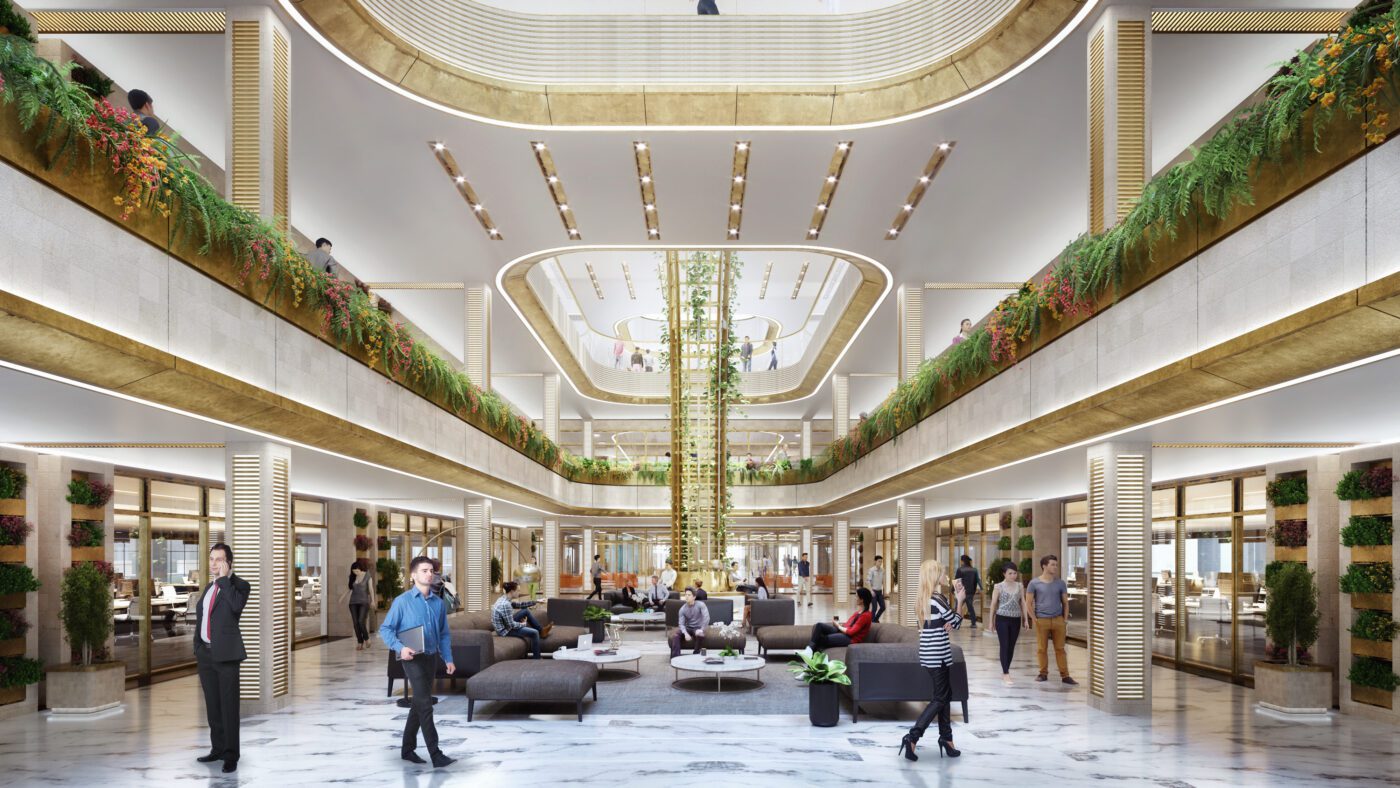
Another popular software used in real estate rendering is Lumion. It is an advanced rendering software that can create photorealistic images and animations of commercial properties. Lumion offers a vast library of materials and textures that can be used to create realistic surfaces and textures. The software also has a simple and user-friendly interface that makes it accessible to experienced and novice users.
Other popular real estate rendering software includes 3ds Max, V-Ray, and Revit. Each software has its unique features and benefits, and choosing the right software depends on the specific needs and requirements of the project.
Real Estate Rendering Trends for Commercial Properties
Like other industries, the world of real estate rendering constantly evolves, with new trends and techniques emerging every year. Virtual reality (VR) and augmented reality (AR) are the most notable trends in real estate rendering. VR and AR can create immersive experiences that allow clients to interact with the property and explore it in detail. This technology is instrumental in commercial property marketing, as it can be used to create interactive presentations and virtual tours of the property.
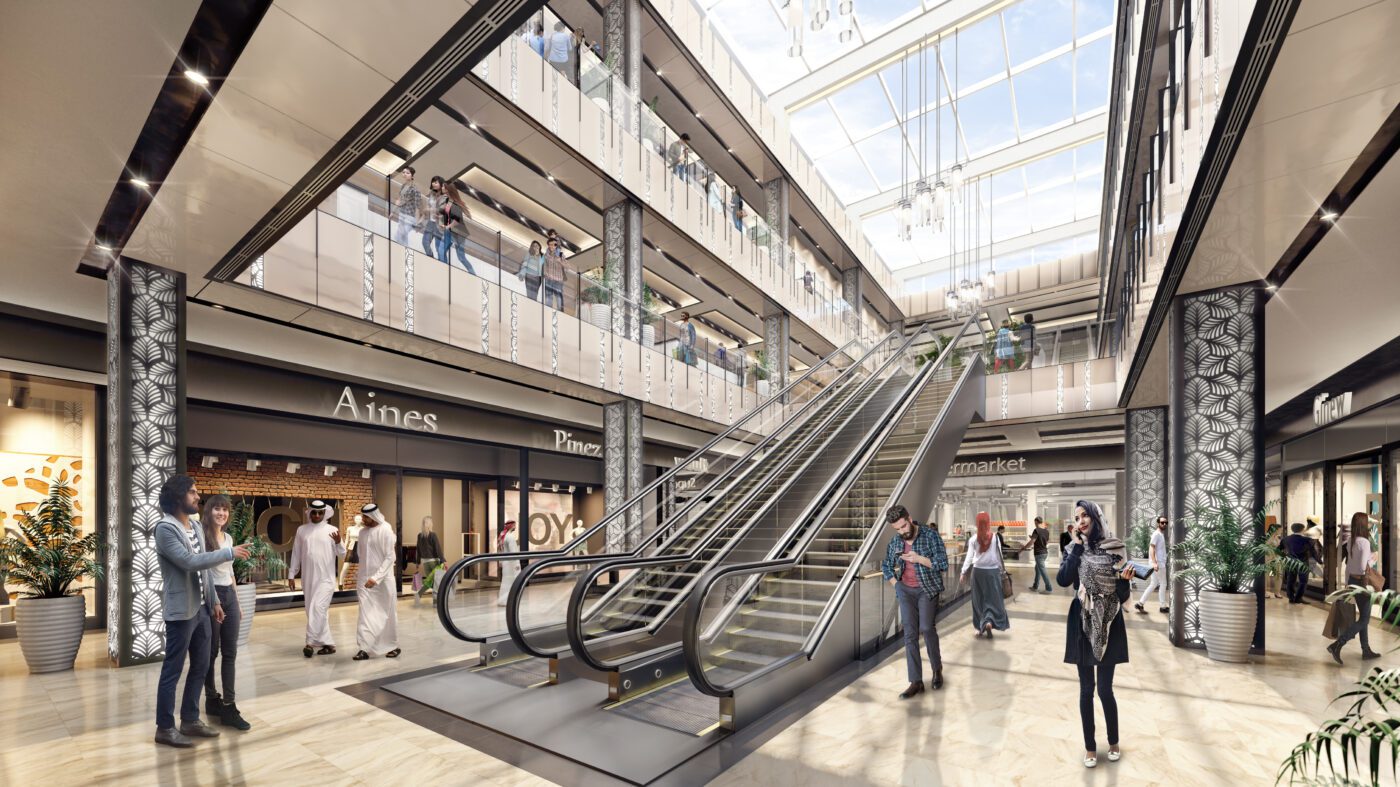
Another trend in real estate rendering is the use of AI-assisted rendering. AI-assisted rendering automatically uses machine learning algorithms to create realistic textures and lighting effects. This can speed up the rendering process and reduce the time and cost of creating photorealistic images and animations.
Commercial Property Marketing and Real Estate Rendering
Real estate rendering has become an essential tool in commercial property marketing, with developers and architects using it to showcase their designs and attract potential buyers and investors. Realistic rendering can be used in various ways, including brochures, websites, and social media. Developers and architects can generate interest and excitement around the project by creating a practical and visually appealing property representation.
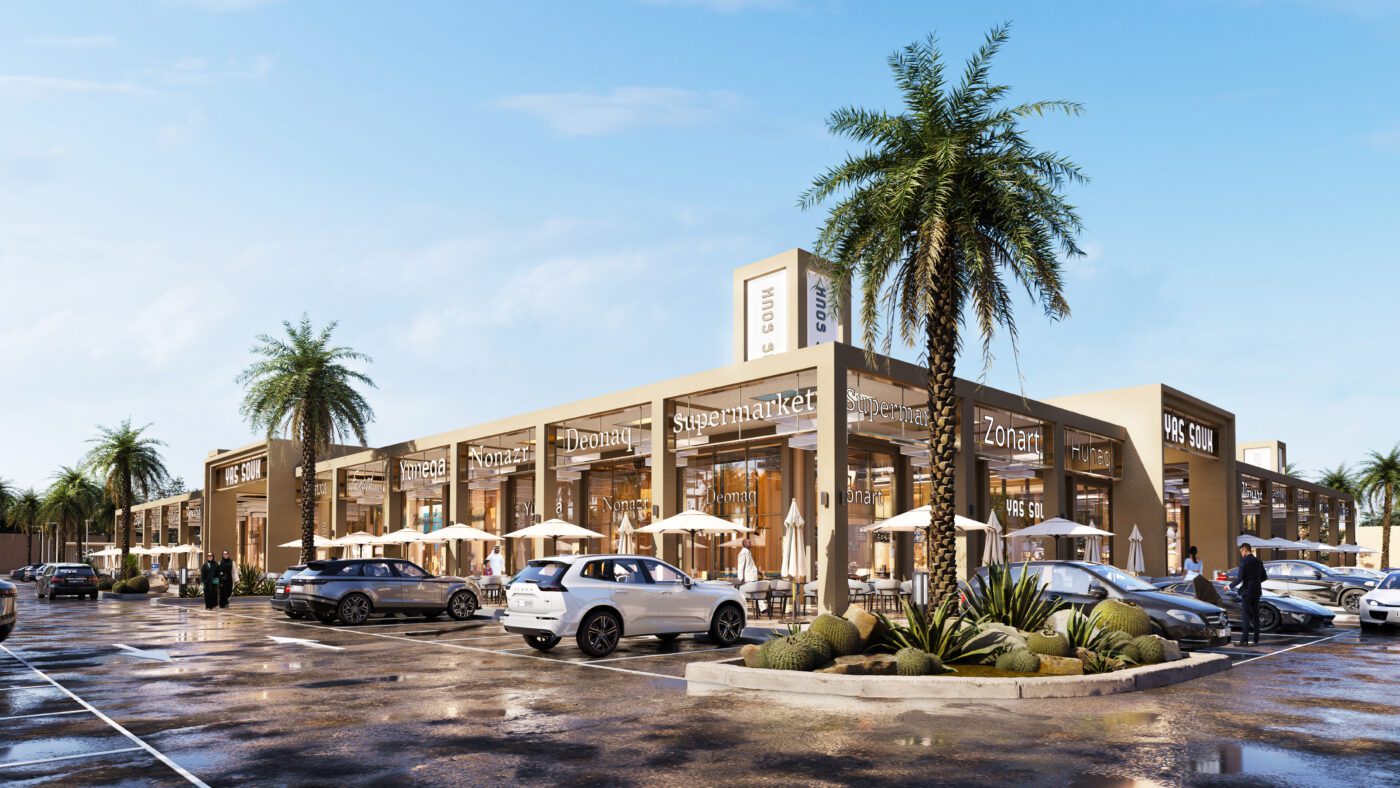
Real estate rendering is instrumental in pre-construction marketing, where the property still needs to be built. By using 3D rendering and visualization, developers can showcase the property’s potential and help clients to visualize the space before it is even built. This can generate interest and attract potential buyers and investors even before the construction begins.
Real estate rendering can also be used in post-construction marketing, where the property is already built. In this case, rendering can create marketing materials highlighting the property’s unique features and amenities. Photorealistic images and animations can be used to showcase the interior and exterior of the property. In contrast, virtual tours and animations can provide an immersive experience for potential buyers.
Conclusion
Real estate rendering has become a crucial tool in commercial property marketing, providing architects and developers with a way to showcase their designs and attract potential buyers and investors. With the increasing demand for photorealistic and visually captivating representations of commercial properties, 3D rendering, CGI Rendering for Commercial Properties, and Real Estate Visualization for Commercial Properties has become increasingly popular.
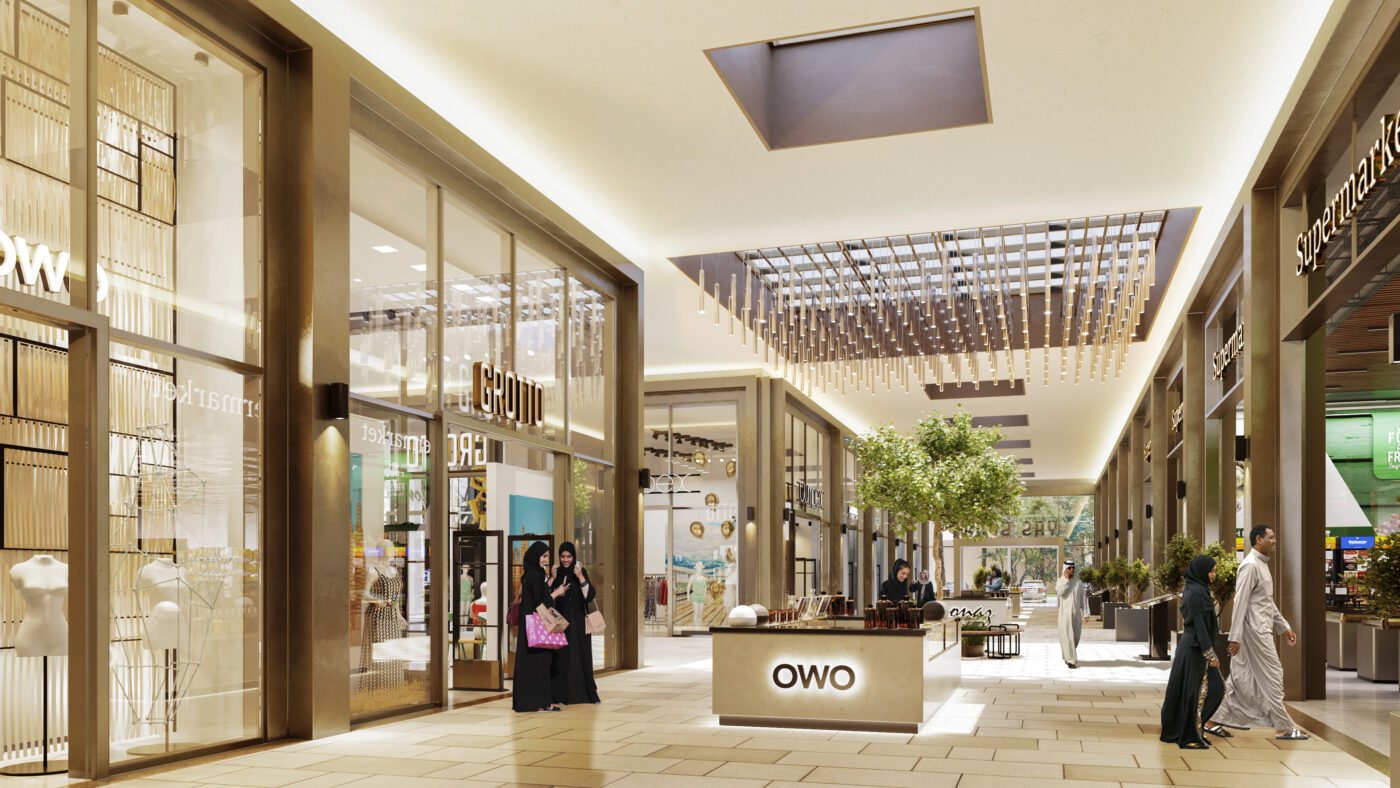
With Real Estate Rendering for Commercial Properties, developers and architects can accurately represent the building and surrounding area, highlight the property’s unique features, and provide an immersive experience for potential buyers. As rendering software and technology evolve, the possibilities for real estate rendering in commercial property marketing are limitless.

